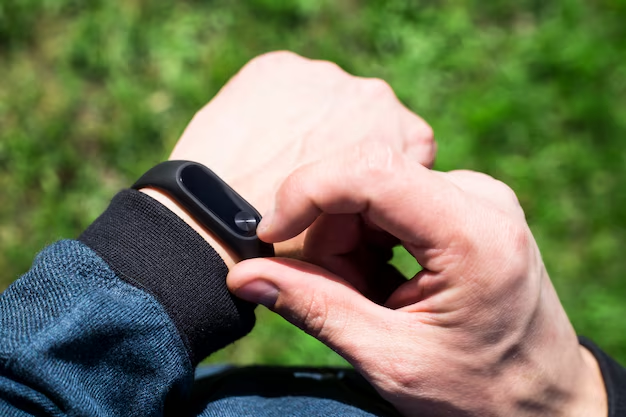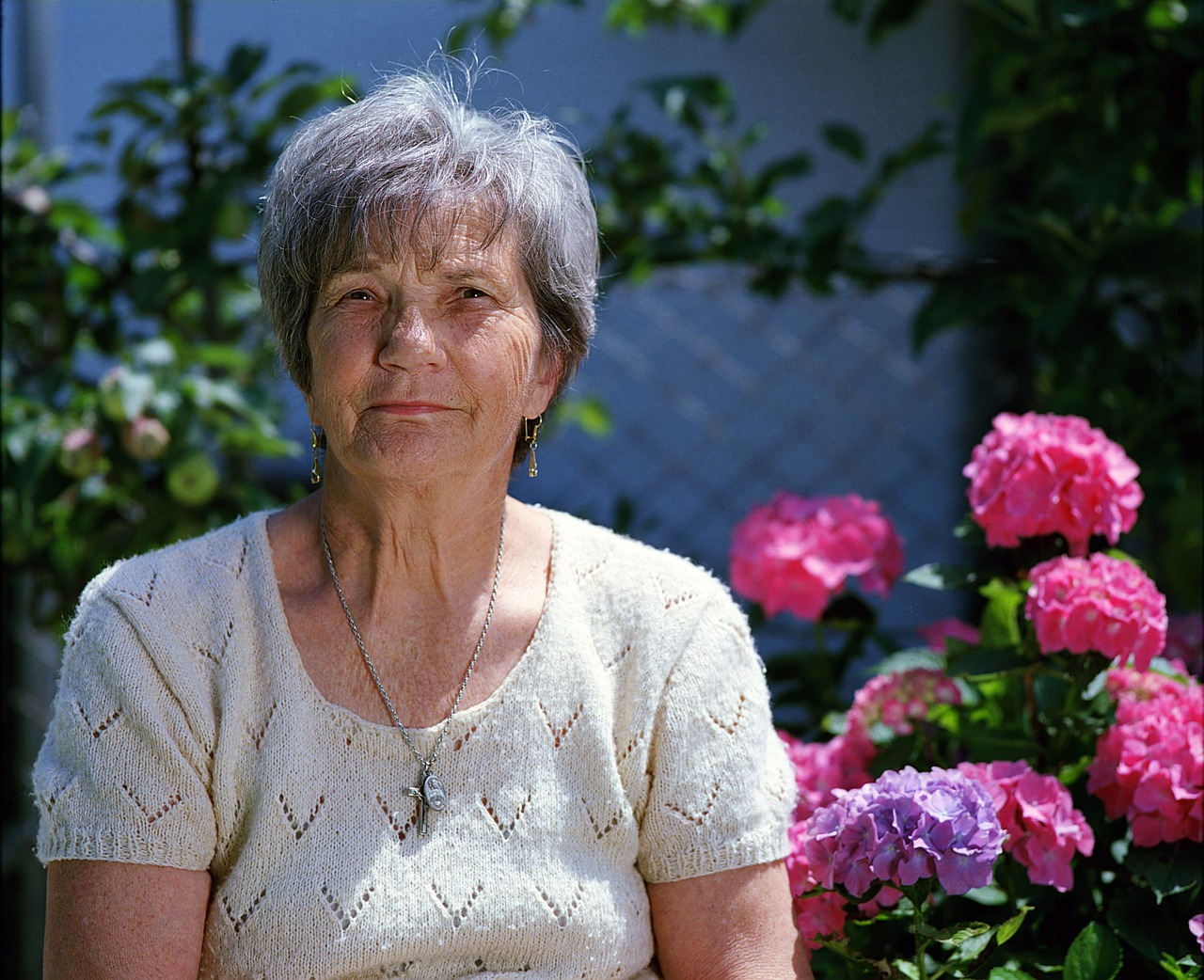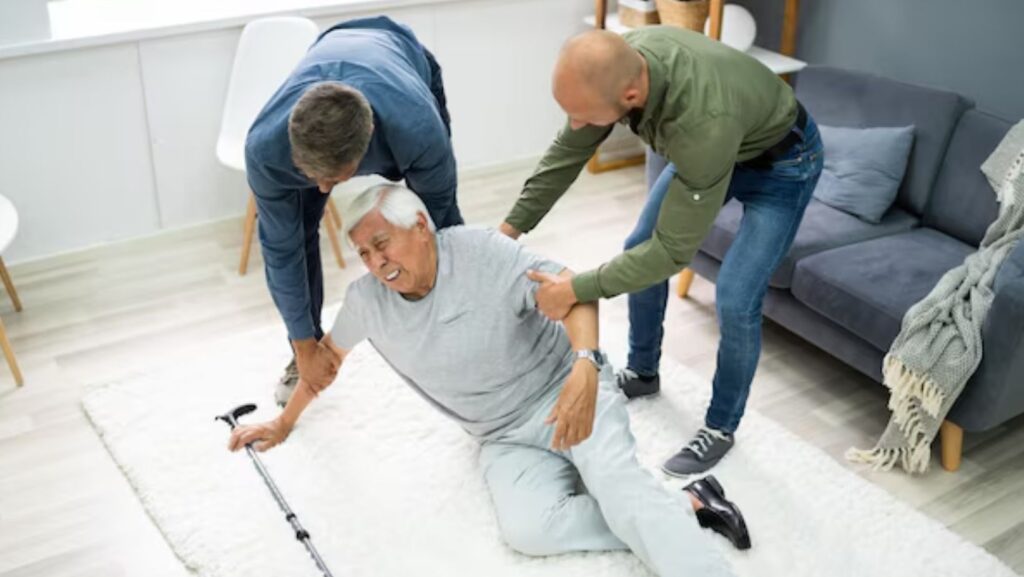According to the World Health Organization, falls are a significant public health issue, especially for older adults. Each year, 37.3 million falls require medical attention, with falls being the second leading cause of unintentional injury death worldwide. Adults 65+ are most vulnerable, with one in three experiencing falls annually.
Consequences range from minor bruises to severe injuries like hip fractures and, in some cases, loss of independence. Given these risks, fall detection devices are a safety net that gets you help quickly and reduces the risk of serious complications.
There are many ways to make life safer, but few do it without making you feel like you’re living in a bubble. These devices strike a balance. They give you peace of mind without asking you to change your lifestyle. No one has to trade their freedom for safety; they have to make sure someone—or something—is paying attention.
For those who value independence, dignity, and staying upright as much as possible, fall detection devices are more than just gadgets. They’re lifelines. Whether it’s self-protection, reducing injury risk, or ensuring an emergency call results in an emergency response, the benefits are hard to ignore.
Here’s why these devices should be the smartest thing you can add to your daily routine.
Self-Protection and Independence
Fall detection devices offer a way to maintain independence without constant check-ins. They provide a layer of security without making a person feel like they’re under surveillance.

These devices are designed to be unobtrusive. Some are built into smartwatches, others clipped onto belts, but none demand a lifestyle overhaul. They simply exist, ready to step in when needed but otherwise minding their own business. That means daily routines stay intact, and the only thing changing is the level of protection.
A fall doesn’t have to mean a total loss of control. These devices ensure that help arrives quickly but offer something just as valuable: reassurance. The confidence to keep living life as usual, knowing that if something goes wrong, there’s a backup plan already in place.
Help in Case of Emergency
A fall isn’t always dramatic. Sometimes, it’s slow, almost graceful—a gradual descent into disaster. Other times, it’s immediate, leaving no time to reach for a phone or call for help. That’s where fall detection devices prove their worth. They don’t wait for someone to sound the alarm; they automatically recognize the fall and send for help.
The best part? They don’t rely on memory or awareness. No one has to remember to press a button or shout loud enough for someone to hear. The device takes care of it, ensuring that assistance arrives whether the person is conscious, disoriented, or too embarrassed to admit defeat.
Emergency response time matters. The faster help arrives, the better the chances of a full recovery. These devices cut down the waiting time, eliminating the uncertainty of whether someone will notice and do something about it. They turn a potentially life-threatening situation into a manageable one.
Reducing the Risk of Injuries
The fall itself isn’t always the problem—it’s what happens after. Lying on the ground for hours, unable to move, turns a minor injury into a serious one. Dehydration sets in. Muscles stiffen. What could have been a simple stumble becomes a medical emergency. Fall detection devices reduce that risk by ensuring no one stays down for long.

Faster response times mean fewer complications. A fractured hip is bad enough without adding the bonus of hypothermia from spending the night on a cold tile floor. Getting help quickly isn’t just about fixing the initial injury; it’s about preventing secondary issues that complicate recovery and longer hospital stays.
Injuries heal, but once lost, independence is more demanding to regain. Preventing extended downtime keeps people moving, active, and in control of their own lives. These devices don’t just react to falls—they minimize their long-term consequences.
Peace of Mind for Loved Ones
Worry can be a full-time job, and family members take it seriously. They check in, hover, and insist on knowing every detail of a person’s daily schedule—all in the name of concern. Fall detection devices lighten that load. They reassure the user and their loved ones that help is available, no matter what.
No one wants to be the reason their kids start scheduling “just checking in” calls three times a day. These devices allow for a sense of normalcy. Calls can go back to being about interesting things—like the weather—instead of health status updates.
Independence isn’t just about being able to do things alone. It’s about knowing there won’t be a crisis even if something happens. That peace of mind is invaluable for the person wearing the device and those who care about them.
No Need for Constant Supervision
There’s a fine line between being helpful and a nuisance; family members tend to stumble across it regularly. They mean well, but no one wants a personal safety net that comes with a running commentary. Fall detection devices eliminate the need for constant check-ins and over-the-top precautions.

Instead of worrying about whether someone will fall, these devices ensure that help is on the way if they do. There’s no need for elaborate safety plans, modified routines, or forced lifestyle changes. The device takes care of the worry, allowing everyone to focus on something more pleasant.
Technology isn’t always the enemy. In this case, it offers a way to keep life moving forward without unnecessary restrictions. A fall might happen, but it doesn’t have to derail everything. The device steps in handles the situation, and allows everyone to go back to their regularly scheduled programming.
Conclusion
Falls happen. No amount of caution changes that. What can change is how those falls are handled. Fall detection devices don’t prevent accidents but ensure accidents don’t turn into catastrophes. They offer security without sacrifice, ensuring that a moment of bad luck doesn’t mean losing independence.
These devices provide a safe way to live without unnecessary restrictions. They offer immediate help when needed, reduce the risk of severe injuries, and let people continue their routines without interruption. Most importantly, they allow users and their loved ones to relax, knowing that no matter what happens, they won’t be left waiting for help that may never come.
